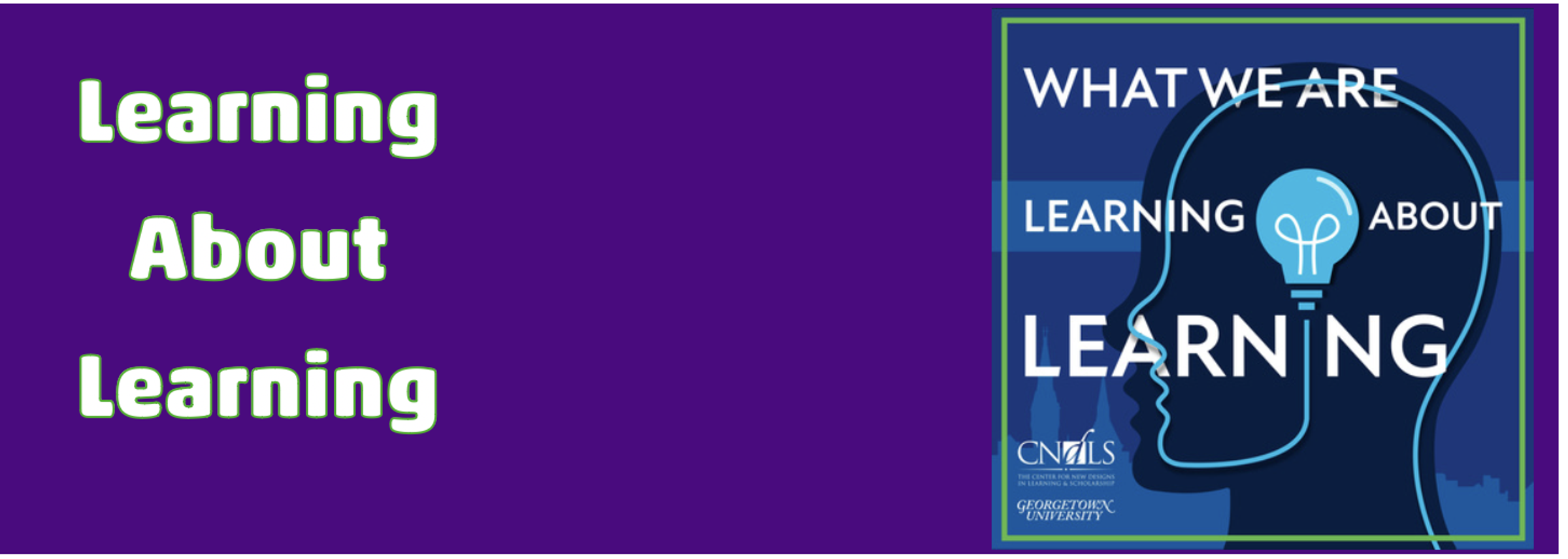Learning About Learning:

The Four Original Languages - Part Three:
Story Telling
Story is a basic foundation of all human learning and teaching (Cajete, 1994).
As child-responsive teachers, we see our children as stories. This, too, is how Māori see people. The first question is always, ‘Where are you from?’. The answer is to tell your story of where you are from - your mountain, river, iwi, hapu, Marae and whānau.
Establishing that connects people to the land, people to people and people to common stories.
We see each child as a story to be understood. They have poetry and beauty, conflicts and resolutions, passages of action and drama, but through it all, there is pathos, humanity, love, and the rise of the human spirit in the face of adversity.
Our goal as the “ghost writer", prompt, and even co-editor of their story for a time, is to help each child and their story achieve a fulfilling, uplifting, happy narrative.
Continuing this analogy a little further, when we read a good story, we become immersed. We see the story through the protagonist’s eyes, feel the connection, empathise, and engage and connect emotionally.
At its heart, this explains Child-Responsive Practice. We seek to see the world through each child’s eyes, empathise, and connect at a visceral level.
Teaching is governed by the Education Act 1989, under the heading “In Loco Parentis”.
Whoever wrote the Act this way was inspired. In Loco Parentis means Parent in Place.
This, in turn, means that between 9 a.m. and 3 p.m. (at the minimum), we are the mum and/or dad to each child in our care—the parent in place. Each child becomes our son or daughter. Each child becomes our own flesh and blood and takes the place of primary importance in our life—for that is what it means to be a parent.
As parents, we love to tell our children’s stories. We want to understand our children, seek the best in them and for them, and support them in being happy and successful.
Stories serve so many purposes in our lives. Stories are about so much more than just reading or listening. They are instrumental in cognitive, social and emotional development.
Literacy begins with stories others tell us, or we tell ourselves. Co-creating stories with an adult or peers helps our children and students begin to create stories they can share with others.
Adults begin “storytelling” with infants and toddlers by sharing nursery rhymes, songs, and bedtime stories. Then, we help them learn to read others’ stories and write their own.
Stories help us understand others and ourselves. We feel empathy with the characters we encounter in stories. This ability to learn from stories is a skill that will help our students throughout their lives. In addition to academic goals, stories enrich lives and provide guidance to living.
If you want to do something great for your child, explore the ways you can begin to co-create stories with them.
Fritz Heider, in “An Experimental Study of Apparent Behaviour,” discovered that humans will assign meaning and patterns to virtually anything. Our perception, in its most basic form, is wired to find the story in everything we see, and our memories do the same work after the fact. So, it’s no exaggeration to say your brain is a storytelling machine.
Storytelling is a universal human trait. It emerges spontaneously in childhood, and exists in all cultures so far studied. It’s also ancient.
Storytelling is as old as civilisation and as fresh as the new morning. Words, both written and spoken, can bring people together. They can stimulate the imagination. They can open a child's eyes to worlds of wonder and to the hope of humanity. One of the greatest gifts we can share with our children is the gift of stories and storytelling.
There are at least five types of storytellers, each with unique strengths that help them spread their ideas and inspire audiences to act.
* Storytellers who ignite our inner fire.
* Storytellers who educate.
* Storytellers who simplify.
* Storytellers who motivate.
* Storytellers who launch movements.
Our earliest attempts at directly sharing stories with each other likely came from gathering around the fire. Since we couldn’t really get much meaningful work done at night, we socialised. We told stories. This element of socialisation created what has been the dominant storytelling mode for the past few hundred thousand years: the
Teller-Listener Paradigm.
Since then, we’ve developed a variety of storytelling media, but each is rooted in the conventions of teller-listener. The teller projects the story; the listener receives it. The form or the medium is not as important as the story itself or the creation of the story.
Perhaps the thing that makes us human is the stories (real and imagined) that each of us has inside. Many people think that the gift of storytelling belongs only to writers, shamans, and the very old. The reality is we are all storytellers from the very earliest days of our lives. Children who are blind and visually impaired or deafblind also have stories inside them. Helping them to tell their stories is very important to their social, emotional and cognitive development, especially communication and literacy.
Storytelling is a powerful teaching and learning tool in all its forms—past, present, and future. The best teachers use story as a tool to engage children with learning that is relevant and contextualised to their lives, needs and interests.

